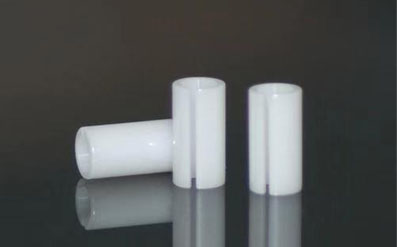It has become very common for thick film integrated circuits to use alumina ceramics. Ceramic materials mainly made of alumina (Al2O3) have good conductivity, mechanical strength and high temperature resistance. It is a widely used ceramic at present.

However, after the alumina ceramic is sintered and cooled, it does not mean the end of product processing. Some products do not meet the application requirements. Therefore, they need to be processed, such as size correction and polishing. The polishing treatment method of alumina ceramics is as follows:
1. Using laser processing and ultrasonic processing for grinding and polishing.
2. Use Al2O3 powder or diamond paste for grinding and polishing.
3. The method of glazing is required (suitable for products that require high surface smoothness).
4. Use diamond, silicon carbide, etc. harder than alumina to grind step by step from coarse to fine.
5. The surface of the material is processed by ion implantation. Ion implantation of ceramic is a supplement to the existing toughening mechanism and is a deep processing of the prepared ceramic products.
Get your CNC machining Ceramic projects started today.
When you send out 3D CAD documents to us, JY Machinery will provide you with instant price, on-demand delivery time, as well as design for manufacturability comments for your customized CNC machining components on materials and also producing process, to make sure that the component can meet your expectations as well as budget plan demands.
Get in touch with us today for a free quote!
评论
发表评论